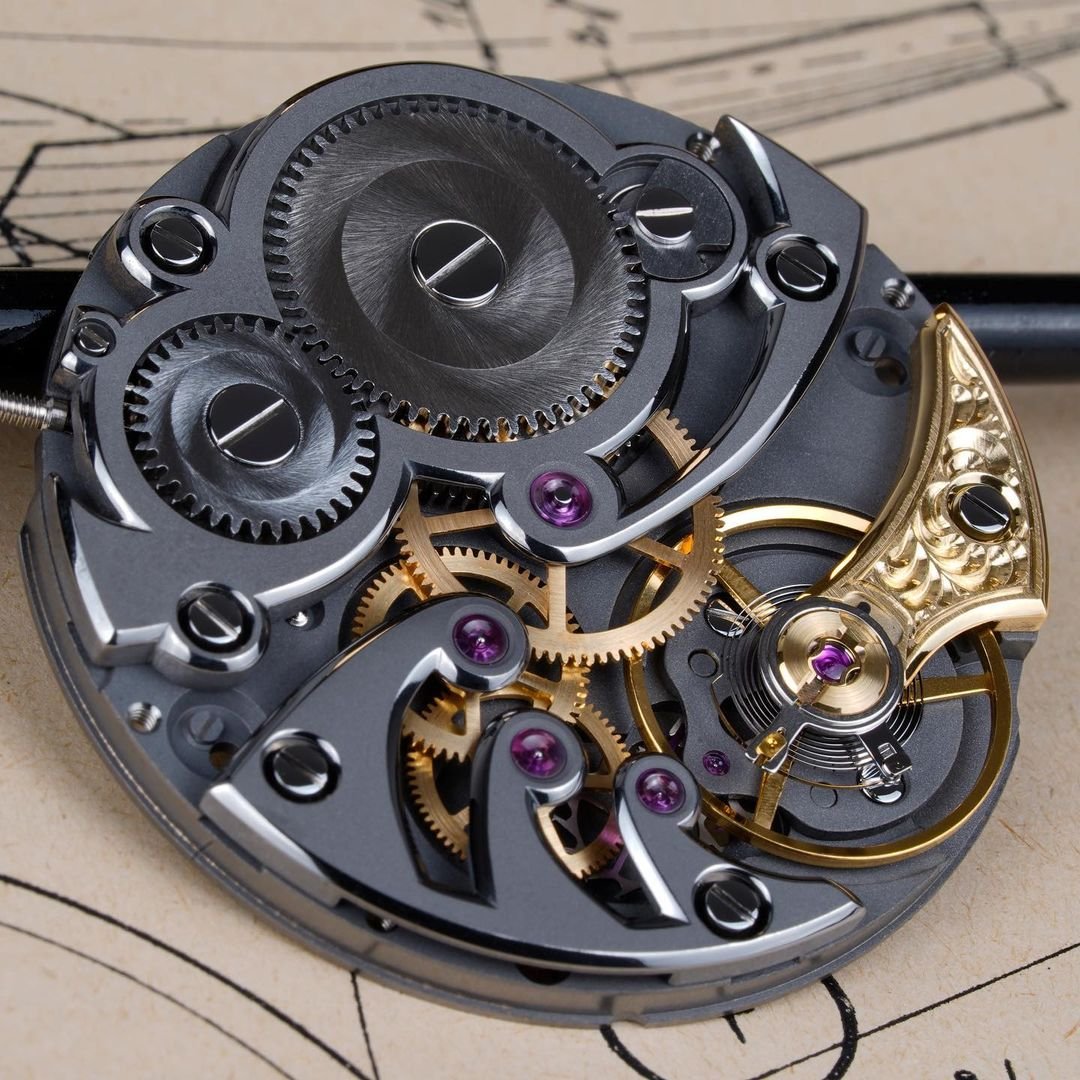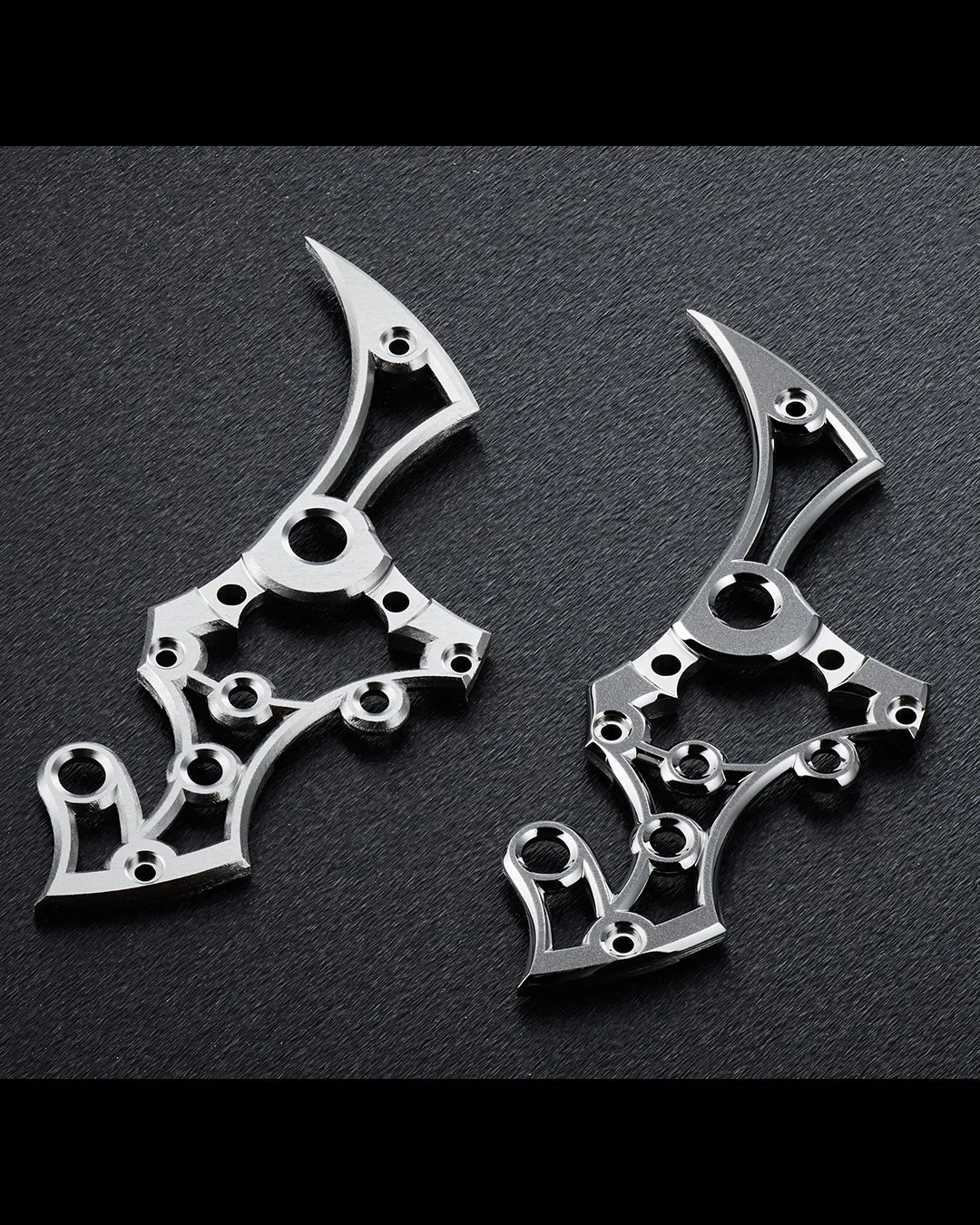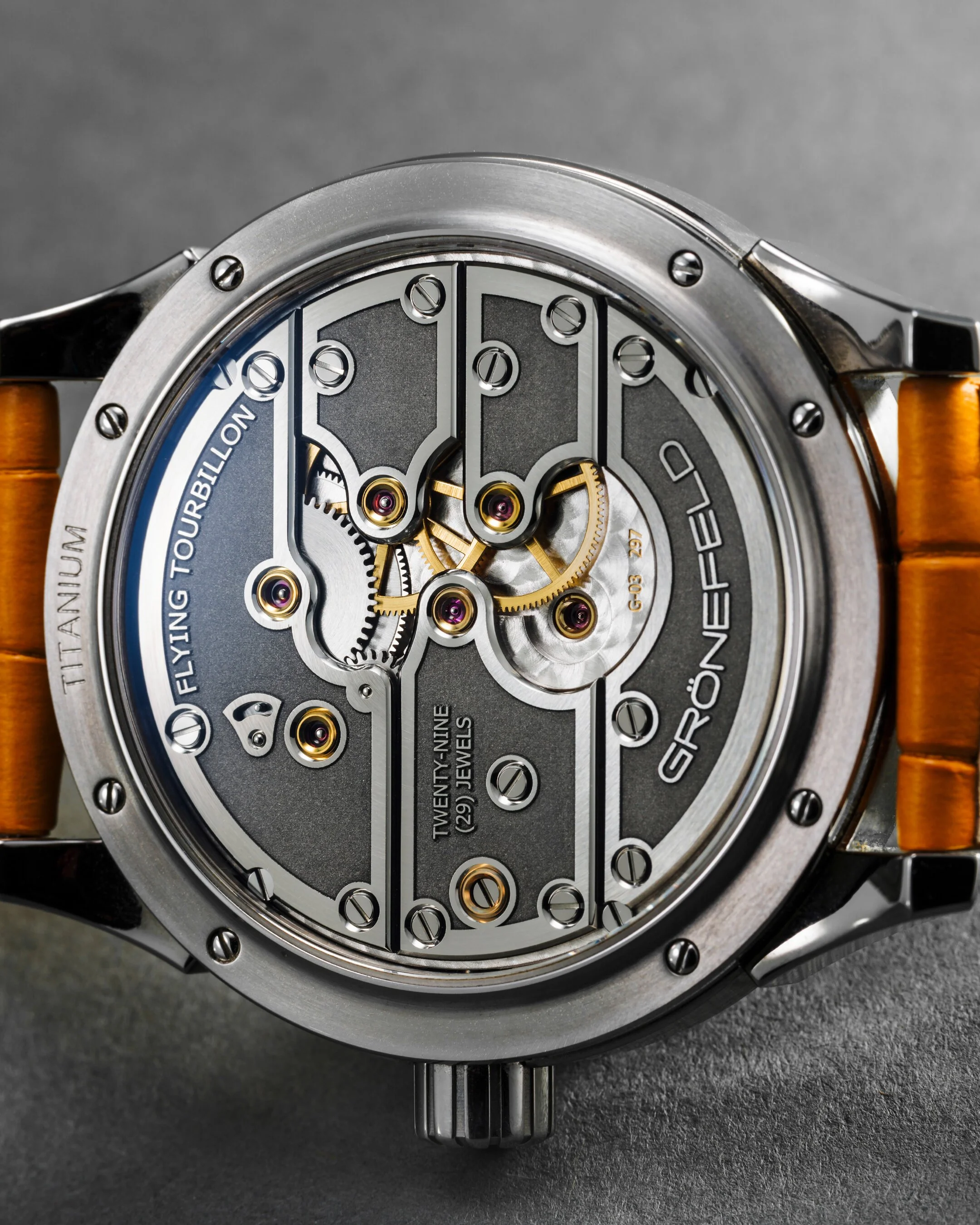How finishing has evolved – a conversation with Philippe Narbel
Read time: 6 min
When we hear about innovation in watchmaking, it’s almost always about materials, tooling for cases, dials, movements, complications, indications of time, or designs. Rarely (if ever) do we hear about innovation with finishing. So much so that we asked the question, does innovation with finishing happen? With huge leaps in nearly every aspect of watchmaking over the last 30 years, what’s happened with finishing?
To get to the bottom of these questions, we were fortunate enough to speak with Philippe Narbel. A busy man, Narbel launched his first timepiece in late 2021, ROOTS, with Narbel&Co and also operates Manufactor SA, a company tapped by some of the biggest watch brands for its specialty in anglage, hand engraving, and skeletonization. Amongst watchmakers, his masterclasses in decoration are well known. Week-long, intensive courses that dive deep into the defining aspects of high-quality finishing. When we spoke, watchmakers from all over the world were in the background, partaking in an ongoing masterclass in the workshop.
Our conversation weaved through the differences in decorative innovation for movements and dials as well as how underlying changes in tooling have impacted the evolution of finishing in modern watchmaking.
Pulling heavily from history: movement decoration
When we talk about finishing and decoration, there’s two primary sides – the movement and the dial. Speaking with Narbel, it was clear that the evolution of each followed different paths.
Theo Auffret x Petermann Bedat collaboration for Only Watch 2023 (Source: Peterman Bedat (Instagram)
For movements, many watchmakers tend to resurrect historically forgotten decoration techniques. There’s less “innovation” in the pure sense – the first time something is invented or applied in watchmaking – and much more inspiration from encounters with vintage and antique wristwatches, pocket watches, and clocks. Narbel pointed out one example of this recent trend, the return of charbonnage – the use of charcoal to scrape the surface of a component. The charcoal leaves a marking that can make the material almost appear to be meteor-like. French watchmakers, Jean-Baptiste Viot and Theo Auffret, have revitalized this historical finishing technique. Charbonnage can also be found in this year’s exceptional Only Watch auction catalog. The main plate of the Theo Auffret x Petermann Bedat collaboration features charbonnage.
Of course, this isn’t to say that there is no innovation in movement finishing. One modern application of beveling is quietly becoming more popular in fine watchmaking – the meeting of two beveled edges around a jewel. Narbel shed light on this by pointing to some of his own work with skeletonizations as well as those of his peers.
Narbel’s skeletonization work on a vintage IWC bridge with two beveled edges meeting around the jewel (Narbel & Co Instagram)
Catching on with other independent watchmakers like Felipe Pikullik (Source: Felipe Pikullik Instagram)
And found on Romain Gaulthier’s Insight Micro-Rotor Squelette (Romain Gaulthier (Instagram))
There are also some innovative applications of laser engraving for movement finishing, a modern technology that we’ll touch further on below. Found on early Grönefeld timepieces, the bridges of the One Hertz as well as Parallax Tourbillon 1912 are laser engraved, sandblasted, and then finally polished, creating amazing contrast in the texture of both movements. Increasingly popular in watchmaking today, there were very few that created movements with such variety in surface finishes when Grönefeld launched the One Hertz nearly 15 years ago.
The steel bridges of the Grönefeld Parallax Tourbillon 1912 (Esperluxe)
Watchmaking is detail-oriented on a micro scale. That’s why it’s no surprise that evolutionary steps in movement decoration are often overlooked or missed as they surface. It takes an extremely keen eye and an encyclopedic grasp of decorative techniques to register their arrival. For all of us that don’t fit that profile, that’s why we talk to the likes of Philippe.
Experimenting with the outside: dial decoration
If movement decoration is more rooted in historical inspiration than modern invention, dial decoration is a more active playground for experimentation. It’s a bigger canvas, allowing for more room to play with methods, textures, and materials. Dials also tend to be the surface where the greatest amount of outside influences enter watchmaking. Narbel commented on how frequently other disciplines find their way into the decoration of dials, most evident in his own timepiece. Narbel’s Roots watch features a veiny textured, organic dial that he designed and innovated through previous professional experience working in jewelry.
Organic texture of dial on Narbel’s Roots timepiece (Narbel & Co (Instagram))
Others have done similarly, bringing in “outside” techniques to broaden the methods and language of decoration in watchmaking. Based in Seoul, South Korea, Minhoon Yoo brought an engraving method for the dial of his Carved Piece from his previous experiences in furniture design.
Engraved dial on Minhoon Yoo’s Carved Piece (Source Min Hoon Yoo (Instagram))
Mosaic dial on Simon Brette’s Chronomètre Artisans (Source: Simon Brette (Instagram))
If innovation in finishing movements and dials tends to be subtle, there are major leaps behind the scenes in tooling.
Tooling always drives behind the scenes
Oscar WIlde has that quotable observation, “When bankers meet for dinner, they talk about art. When artists meet for dinner, they talk about money.” In the watch world, the equivalent would go something like this: “When collectors meet for dinner, they talk about watches. When watchmakers meet for dinner, they talk about tooling.” I’ve never met a watchmaker that isn’t obsessed with the machinery that creates watches – it’s the lifeblood of every watchmaking operation. With this in mind, it shouldn’t come as a surprise that Narbel touched on the evolution of tooling in finishing within the first 10 minutes of our conversation.
Behind the scenes, one of the major evolutionary steps in decoration is the move away from loupes and toward scientific microscopes. Adjustable magnification, compared to the fixed magnification of loupes, has created a world where finishing is more fine than ever. Though it’s difficult to quantify, Narbel’s sense is that microscopes have impacted the quality of finishing in a positive way.
Microscopes have also opened the doors for other professions to enter watchmaking. Narbel commented that many engravers from other industries have the fine dexterity skills and experience with microscopes to transition into watchmaking decoration with relative ease. Amongst indies, there are many brands that leverage engravers for movement and dial finishing including state-side J.N. Shapiro and Ondrej Berkus in Czechia.
There are, of course, other forms of tooling that have created new possibilities for decoration in the 21st century. Particularly, laser engraving affords a level of detail that historical watchmakers would have considered impossible. We see it on many Greubel Forsey timepieces. The laser-engraved earth on the brand’s GMT Earth is both so small and so accurate to scale – a simply mind-blowing level of detail. One of Greubel Forsey’s more iconic motifs, the inscriptions on various parts of their timepieces, is also created through laser engraving. The inside bezel on the Tourbillon 24 Secondes Architecture features one of the brand’s inscriptions, presenting the core elements of Greubel Forsey’s philosophy.
There’s a lot more to cover with the evolution of finishing in 21st century watchmaking. An hour discussion with Philippe felt like it only scratched the surface of the topic and his knowledge. What’s abundantly clear though is that any discussion about innovation in watchmaking, whether it applies to finishing or anything else, has to begin in the workshop with the people and the tools. Both are the well of watchmaking
End note, special thanks to Rosemary Hynes who interpreted during our conversation, navigating all the technical watchmaking terminology with ease!








